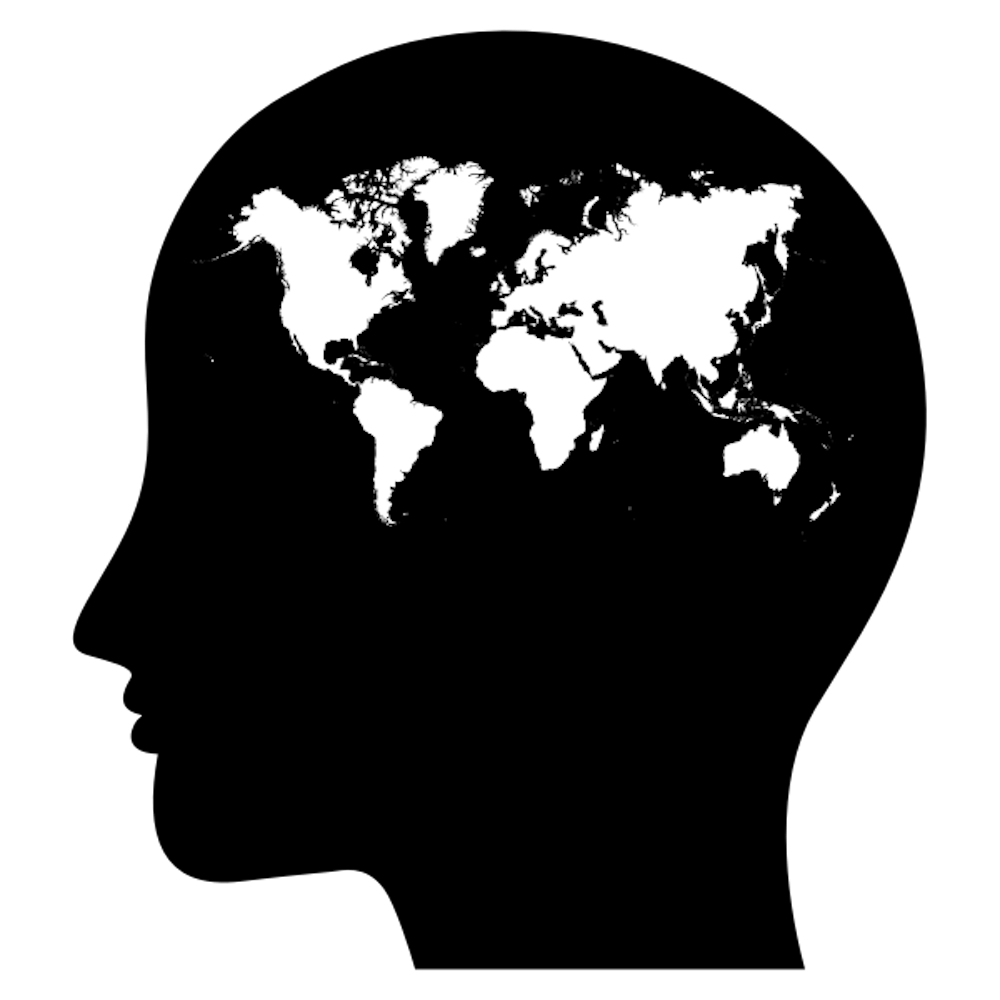
Zhu shares how her research experience as an undergraduate at Hopkins connects a personal life story and facilitates her learning and growth in her academic life.
I grew up in Shanghai, a buzzing metropolitan city with busy traffic and intricate crossroads. As an eight-year-old who did not accurately communicate pick-up time with my parents, I once managed to walk two miles from school to home without getting lost in the city traffic. However, I could not summon up the courage to do so until I mentally mapped the route I would take with great precision: turn left at the grocery store with the green and white shed and walk two more blocks after the bridge. I created a cognitive map where external landmarks provided me with spatial directions that guided me home.
My parents claimed I had a good sense of direction. I just knew that my brain somehow escorted me home. I did not know about the neural mechanisms that allowed me to navigate Shanghai without getting lost — until I joined my research lab as an undergraduate at Hopkins. My childhood confusion was starting to unravel.
My lab studies the neural mechanisms behind how the hippocampus and its neighboring regions process information and contribute to memory formation and storage in rat models.
Our findings in rats can have significant relevance to humans. Although many tasks that we train our rats to perform may seem too simple to be relevant to the complex ways in which humans move, the rats rely on the same skills that humans also use to complete those tasks. Both humans and rats engage in spatial and sensory processing and rely on memories to inform actions and perceptions.
We also examine behavioral and neural phenomena in young and aged rats. We further divide the aged rats into memory-impaired and memory-unimpaired. This can show us the effect of aging and memory impairment on various task performances that require information processing and memory encoding and retrieval. This translates into how aging and neurodegenerative diseases, such as Alzheimer’s disease, affect humans.
In the lab, I assist a graduate student in animal training, surgery and electrophysiological recording. Additionally, I am also encouraged to develop independent research ideas. There are also social gatherings outside of lab settings, which provide opportunities for lab members to celebrate each other’s accomplishments and just have fun. It is a very supportive environment that allows me to not only learn a lot about scientific knowledge but also about the research mindset of the many amazing researchers in the lab.
Research requires commitment. Consistent and persistent endeavors are essential to the efficiency of the research agenda and the quality of data collection. For example, if we want to record behavioral and neural phenomena during a rat’s learning progression, stopping the experiment on certain days might lead to missing potentially valuable data on how learning develops during task performance.
Research requires resilience and reflection. There are definitely roadblocks, often accompanied by frustration and disappointment. We should always actively search for solutions to the best of our ability and seek other’s help and opinions. Reflecting on takeaway lessons is crucial because experiences are a valuable resource that can not be found in textbooks.
Research requires teamwork. Multiple sets of hands, eyes and brains are important for experiments to ensure efficiency, productivity and accuracy. Lab members rely on each other’s presence and expertise to accomplish various tasks. The repertoire of all existing scientific knowledge is built off of the work of other researchers and colleagues. Papers in the literature often inform future researchers about research directions they can take to further contribute to academia. Research is about sharing, inheriting and honoring the legacy of brilliant colleagues around the globe and across time.
Now, after half a year of working in the lab, I am equipped with the knowledge to hypothesize that my hippocampus and its neighboring areas participated in generating the mental map by retrieving and processing spatial and non-spatial information. Even now, as I retrieve the memory of walking back home from my elementary school, my hippocampal neurons involved in relevant spatial and non-spatial memories might fire in similar ways as they could have done eleven years ago.
In addition to mental maps for physical destinations, I also learned to create routes and establish landmarks to achieve abstract goals both in the long term and the short term. Navigation in the physical and abstract dimensions are both important skills. I am excited to continue learning about how the hippocampus and its neighboring areas participate in informing actions, motivations, and memories.
I am glad and honored to contribute to my lab with whatever ability and power I have as an undergraduate. I am thankful for the supportive and motivating environment of my lab where I have grown so much because of the people, knowledge and opportunities there.
Research on the Record spotlights undergraduate students involved in STEM research at Hopkins. The goal of the column is to share reflections on the highs and lows that Hopkins students experience in their contributions to undergraduate research.





